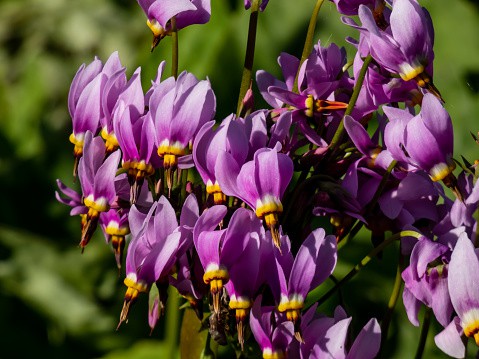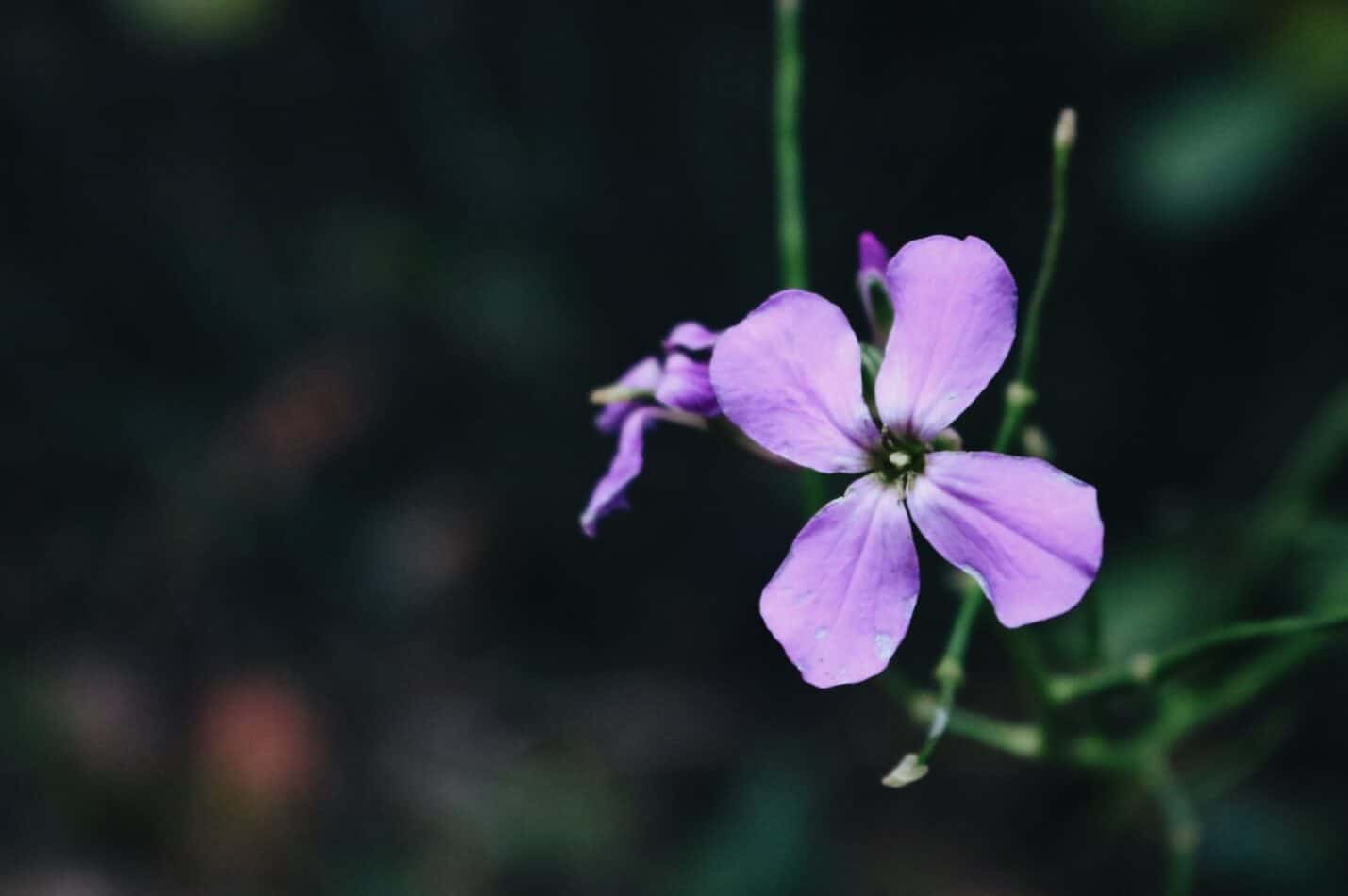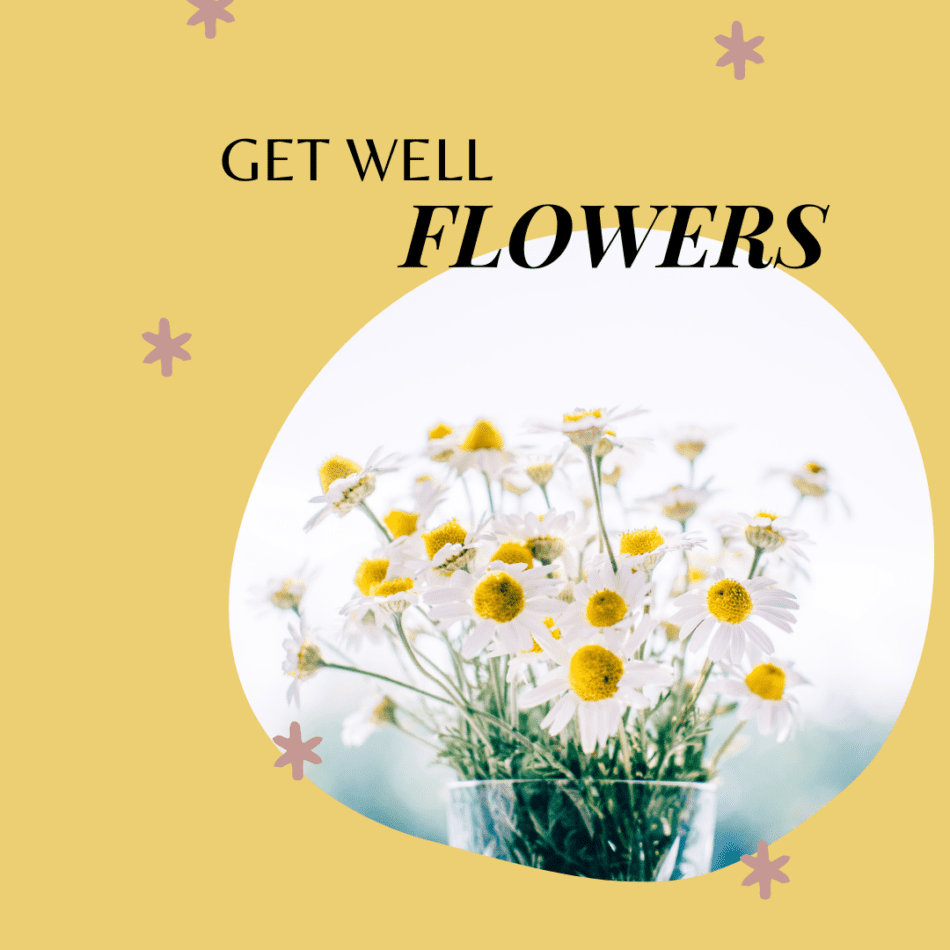The dazzling Shooting Star – Dodecatheon Meadia is aptly named, producing a total of 8 to 20 pink, light pink, and white umbrella-shaped blooms. It’s most famed for its prominent downward-facing stamens, which make the blooms look as if they’ve been caught in the wind. It’s hardy enough to survive in temperatures as low as -20 degrees Celsius and is both an herbaceous perennial and biennial. It’s also known as the Pride of Ohio, due to its prevalence in the Ohio region.
Family
The Shooting Star belongs to the Primulaceae family, which also includes lily of the valley and its close relatives, primroses, cyclamen, and Primula.
Etymology
The Dodecatheon Meadia is derived from the Latin word “doceatheon,” which means “a sacred flower”. It’s a take on the ancient Greek mythology that Hesperides, the nymphs of the evening, are said to have been granted this gift by the gods. This species has truly been venerated as divine.
Plant Type
Shooting Star is a unique plant as it can be both an herbaceous perennial and biennial depending on the specific species. Herbaceous perennials will die back to the ground each year and then regrow from the same root system, while biennials have a two-year life cycle. However, regardless of whether it’s a perennial or biennial, Shooting Star is a beautiful flowering plant that can add a pop of color and interest to any garden.
Mature Size
The Shooting Star, also known as Dodecatheon, typically grows to an average height of 12 inches (30 cm). Its stems are slightly longer, reaching up to around 18 inches (45 cm). The plant forms a rosette of basal leaves from which the flowering stem emerges. The stem bears clusters of delicate, upswept flowers that resemble shooting stars, hence its common name. The flowers are usually pink, magenta, or white with a yellow center. The foliage of the Shooting Star is also attractive, with deep green, lance-shaped leaves that have a slight waxy texture.
Sun Exposure
The Shooting Star flourishes in bright, filtered light and indirect sunlight. Keep the seedlings or newly planted plants protected from direct sunlight and ensure they are kept in shaded environment.
Soil Type
The Shooting Star prefers a soil that is slightly moist and well-draining. The ideal soil for this plant is a mixture of potting soil and sand. The pH level of the soil should be between 5.5 to 7.5 for optimum growth. A soil with this pH level will provide the necessary nutrients for the plant to thrive. Testing the pH level of the soil can be done using a soil testing kit, which is available at most garden centers. It’s important to maintain the soil pH level within the optimal range to ensure that the Shooting Star can absorb the necessary nutrients from the soil for healthy growth.
Bloom Time
The Shooting Star is known for its beautiful and showy blooms, which appear in late spring and early summer, typically starting in May and ending in late June. The flowering period usually lasts for about a month, during which the plant produces a profusion of pink or white flowers that resemble shooting stars. The blooms are often held aloft on long, thin stems that rise above the foliage, creating a stunning display in the garden. The plant is a popular choice among gardeners looking to add color and interest to their landscapes in the early part of the growing season.
Flower Color
The flowers appear in various shades of pink – deep pink, light pink and white.
Hardiness Zones
The Shooting Star is a hardy plant that can tolerate a range of temperatures and climate conditions. It grows well in USDA Hardiness Zones 5-9, which means that it can withstand cold temperatures as low as -20°F (-29°C) in Zone 5 and hot temperatures up to 100°F (38°C) in Zone 9. The plant can adapt to various soil types and weather conditions, but it may require additional care and protection during extreme weather events such as drought, frost, or heatwaves.
Native Area
Shooting Star originates from North America.
How to Plant
Shooting Star is most suitable for outdoor potting and can be grown from either cuttings or purchased bulbs. Plant the bulbs in groups for an incredible display, to an approximate depth of 0.6 to 1.2 inches (1.5 to 3 cm). Plant young seedlings 10 inches (25 cm) apart, since they grow to 12 inches (30 cm) in height.
When preparing the flower bed, make sure to work the soil deeply, but without compacting it, to ensure that the plants have good protection and soil drainage. For the best display, mix a balanced flower fertilizer into the soil in the area where you would like to plant the Shooting Star.
How to Plant and Grow
Shooting Star prefers environments that offer bright, filtered light and indirect sunlight. When planting, make sure to select an area with plenty of sunshine, as the flower needs 6 to 8 hours of exposure to the sun each day for best performance. Avoid periods of direct sunlight and ensure that the flower is kept in a shaded environment during this time.
Shooting Star requires slightly moist, well-draining soil. A potting mixture of potting soil and some sand should do the trick. Feed the plant regularly with a balanced fertilizer, while paying special attention to providing the flowers with enough nutrients during the blooming period.
The plant should be watered regularly, making sure not to overwater, as too much moisture could lead to root rot. Water the soil, rather than spraying it on the foliage, and allow it to dry between waterings.
Temperature and humidity should be relatively moderate for optimum conditions. The most comfortable zone for the Shooting Star is 50 – 55 degrees Fahrenheit during the day, and around 10 degrees cooler at nighttime.
Meaning and Symbolism
The Shooting Star is a unique species that’s often used to reference the unpredictability of life. Its constantly changing state reflects the sense of instability the everyday person often experiences in the modern world. It’s a valuable symbol of the forever-evolving nature of the universe and the continual state of flux many strive for in their lives.
Some Native American tribes associate it with spiritual symbolism and use it in traditional medicine. It is also considered a symbol of new beginnings and hope.
History, Mythology, and Religious Significance
Shooting Star has been an essential part of various cultures. In the native Ojibwe mythology, a Shooting Star was thought to have flown down to the earth, carrying the promises of eternity, successes, and recovery from diseases. In Hindu mythology, the Shooting Star is considered to be a symbol of progress and prosperity, as well as a reminder that every day is a new beginning. In Christianity, it’s viewed as a sign of hope and guidance to those who need a reminder to reach for their dreams. In other cultures, it is associated with the power of love, the strength of patience and resilience, the beauty of the unknown, and the magical unpredictability of life.
Flower Varieties and Their Defining Characteristics
The Dodecatheon Meadia has many varieties; some of the most well-known include:
• Star of Bethlehem (D. meadia): Deep pink to white flowers that measure 1 to 1.5 inches (3 to 4 cm) in diameter.
• Prairie Pink (D. meadia var. prairienis): White to light pink to deep pink flowers that measure 1 to 1.5 inches (2.5 to 4 cm).
• White Chinese Shooting Star (D. meadia var. brachyantha): creamy white to white flowers.
• Golden Slippers (D. meadia var. acaulis): Creamy white to yellowish white flowers.
• Pink Shooting Star (D. meadia var. coronaria): Light pink to deep pink flowers.
• Alba (D. meadia var. alba): soft pink to white flowers.
• Aurora (D. meadia var. aurora): Soft pink to white flowers.
• Diadem (D. meadia var. diadema): Light to dark pink flowers.
• Endymion (D. meadia var. Endymion): Soft pink to white flowers.
• Oregon Shooting Star (D. meadia var. Oregonica): Pale pink flowers that fade to white.
How To Pot and Repot Shooting Star
It’s best to repot Shooting Star in late winter or early spring, when it’s still cold outside, as this will give the plant plenty of time to adjust to its new environment. Before repotting, make sure to select an appropriate-sized pot, one that will fit comfortably within the original pot. The potting mixture should be a blend of coarse sand and any organic material, such as shredded bark or coconut coir.
Choose an area with enough room to accommodate the old and new pots, and make sure that the new pot is clean and can be easily handled. Carefully remove the Shooting Star from the old pot and place it in the new one, making sure to fill in the sides with the potting blend. Once placed, and all the gaps are filled out, it’s best to water and fertilize with a balanced fertilizer.
Proper pruning can also help give the plant a desired shape. Prune back any shoots that grew during the current year, as they haven’t developed enough to tolerate pruning. Older, larger stems are more able to tolerate any pruning and should not be cut as drastically.
How to Prune
Shooting Star should be pruned each season for optimum shape and size. Prune back before the fall season so the plant isn’t vulnerable to harsh winter weather.
The best tool to use for pruning is a pair of garden sheers. Start by pruning back all dead and diseased stems, and any dead flowers. Make sure to also remove any shoots that grew from the previous season, as these are the parts of the plant that will likely be damaged by winter.
Prune the older, larger stems as well as any woody growths. These can be cut all the way to the ground, as the overgrowth needs to be eliminated. As a general rule, focus on the shape and size of the plant and, if possible, keep the form natural.
How to Propagate
Propagating Shooting Star is best done through stem cuttings. This method requires a stem that is cut at an angle, potted into potting soil, and left to root.
When cutting the stems, make sure to use a sharp, sterilized blade and to make the cuts at an angle beneath the leaf nodes. It’s important to remove a few of the leaves from the bottom of the stem and place them into the potting soil.
It’s best to remove any flowers from the stem, although the stem may still bloom if the flowers have not yet opened. After the stem is placed into the soil, spray the area with water and make sure to keep the soil moist but not soggy.
Common Pests and Diseases
The Shooting Star is quite resistant to pests, although there is potential for damage from aphids and caterpillars.
It’s more vulnerable to diseases, especially fungal and bacterial, such as blight, powdery mildew, and anthracnose. These conditions usually present themselves as grey spots or patches on the foliage, as well as wilting and yellowing of the leaves.
It’s important to pay attention to any signs of disease and immediately treat the affected area with a fungicidal or bactericidal agent. The best way to prevent any disease or insect infestation is to keep the plant in good health, avoiding overwatering and keeping it in areas with good airflow.
Three Frequently Asked Questions About Dodecatheon Meadia
Q: How often should I water the Shooting Star?
A: The Shooting Star needs regular watering, although it should not be overwatered. Allow the soil to dry between waterings, providing just enough to keep it moist.
Q: What are the most common pests of the Shooting Star?
A: Aphids and caterpillars are the most common pests of the Shooting Star. These can be removed by manually or with a horticultural oil spray.
Q: What kind of soil should I use for the Shooting Star?
A: The Shooting Star prefers slightly moist and well-draining soils. A mixture of potting soil and some sand should do the trick.
Fact Sheet
| Property | Value |
|---|---|
| Common Name | Shooting Star |
| Scientific Name | Dodecatheon meadia |
| Plant Type | Herbaceous Perennial/Biennial |
| Mature Size | 12 inches (30 cm) in height, with slightly longer stems |
| Sun Exposure | Full sun to partial shade |
| Soil Type | Slightly moist, well-draining soil |
| Soil pH | 5.5 to 7.5 |
| Bloom Time | Late spring to late June |
| Flower Color | Pink, purple, or white |
| Hardiness Zones | USDA Hardiness Zones 5-9 |
| Native Area | North America |
What we love from Amazon this week
Buy these wonderful flowers directly from Amazon:















